Introduction
I still remember the first time I slipped on a Salvadoran huipil—its embroidered panels heavy under my fingers, threads so vivid they nearly glowed in the midday sun. For a moment, I felt rooted, like I was holding centuries of stories right there against my skin. Perhaps it was the weight or the warmth, or maybe the slight awkwardness of trying not to step on the trailing corte skirt, but I knew I was part of something larger than just “trying on clothes.” Before you think this is getting too sentimental—stick with me. I promise we’ll wander through history, admire stitches, and yes, pick up a few practical tips along the way. Let’s dive into why these garments matter, how they’ve changed, and how you can honor them without feeling like a clueless tourist.
A Quick Overview
In short, Salvadoran traditional clothing is this beautiful tapestry woven from Pipil and Lenca heritage, Spanish colonial flair, and modern reinterpretations. You’ll encounter huipils and cortes, refajos and cotonas—each piece whispering of communities, climates, and celebrations. We’ll explore:
- History: From pre-Columbian looms to colonial fusion to today’s revitalization efforts.
- Key Garments: The must-know pieces for women and men, plus accessories.
- Regional Variations: How western Pipil designs differ from eastern Lenca florals, or coastal lightness versus highland layers.
- Symbolism: The hidden meanings behind colors and patterns, and festival attire rituals.
- Craftsmanship: Natural fibers, hand dyes, backstrap looms—why it all matters.
- Today’s Scene: Modern adaptations, challenges facing artisans, and preservation strides.
- Where to Buy: Market hotspots and fair-trade online options.
- Respectful Wearing: Etiquette tips to ensure cultural appreciation, not appropriation.
FAQ: Quick answers to common curiosities.
By the end, you’ll not only differentiate a huipil from a refajo but also understand the living cultures that keep these traditions weaving onward. And I’ll try to sprinkle in enough “maybe” and “I think” so you don’t feel like you’re reading a lecture.
1. The History of Salvadoran Traditional Clothing
Pre-Columbian Roots
Long before spires of colonial churches cast shadows over plazas, the Pipil in the west and the Lenca in the east wove the landscape into their textiles. Picture a backstrap loom—no pedals, just a strap around a weaver’s waist, the other end tied to a post or tree. Row by row, they’d interlace cotton (and, in the higher altitudes, sheep’s wool) into patterns: zigzags that might represent lightning or mountain ridges, diamonds symbolizing earth and sky, stylized animals whispering clan legends. It wasn’t pretty decoration for decoration’s sake; it was a living language of textile, a coded map of beliefs and lineage.
I’ll admit—watching a master weaver in Nahuizalco, each motion deliberate, I felt impatient. But then I realized: those threads are more than cotton; they’re hours of labor, fragments of history. Suddenly, my rush to the next market stall felt… well, a little tacky.
Spanish Colonial Impact
When Spanish colonists arrived in the early 1500s, they brought new fibers—silk threads, European-style linens, even lace—and introduced fitted cuts: bodices, mantillas, frilled skirts. Indigenous artisans, ever adaptable, started incorporating these elements. You’d find a huipil-like blouse trimmed with imported lace or a corte dyed with cochineal red but patterned in Spanish floral motifs.
That melding wasn’t without its tensions. Colonial authorities sometimes banned certain native symbols, deeming them “pagan.” Yet weavers persisted, embedding their heritage in discreet borders or hidden underlayers. In a way, every embroidered bird or harvested maize stalk was an act of quiet rebellion. And here’s my tiny confession: I’ve spent too many hours poring over pattern books, wondering which motifs survived bans by slipping into sleeve hems and which were lost forever.
Modern Evolution
Jump ahead to the 19th and 20th centuries: El Salvador navigates independence, coffee booms, civil unrest. Traditional garments ebb and flow in popularity. In the ’40s, a nationalist push encouraged indigenous-inspired dress at festivals. In recent decades, designers in San Salvador have taken huipil panels—handwoven, rich with meaning—and stitched them into evening gowns, bomber jackets, or even chic tote bags.
But it’s not all runway glam. Fast fashion floods the market with imitations, and younger generations often prefer global brands. Still, NGOs and community cooperatives have rallied, hosting weaving workshops in schools and organizing artisan fairs—even if it sometimes feels like a race against time.
2. Key Garments in Salvadoran Traditional Dress
A. Women’s Clothing
Huipil
The huipil is the queen of the ensemble—a loose, rectangular blouse, simple in shape but astonishing in detail. You’ll see square necks or round, short sleeves or long, depending on the town. In Izalco, huipils often shine in bold reds and blacks; in Cuisnahuat, pastel florals bloom against white cotton. Those embroidered birds, diamonds, and vines aren’t random—they might represent local flora, myths, or even family crests.
I remember the first time I tried one on—I felt as though I’d donned someone’s story. Truthfully, I almost tripped stepping out of the shop, skirt too long, sleeves a bit wide. But the woman beside me just laughed and adjusted my faja. Lesson learned: humility goes well with embroidery.
Corte
Wrapped around the waist, held snug by a faja (woven belt), the corte is a long skirt. Horizontal stripes—sometimes as narrow as a fingernail, sometimes several inches wide—echo landscapes: green for fields, blue for rivers. Some cortes are pleated; others flat-wrapped. In Sonsonate, you’ll spot warmer oranges and browns; in Santa Ana, deeper purples and blues reign.
Refajo
Hidden beneath the corte’s brightness is the refajo, the underskirt that gives volume. Often plain muslin, it can be subtly embroidered at the hem—sort of an inside joke only the wearer knows. Ask about it at your own risk; I once embarrassed myself by mistaking it for the main skirt.
Accessories
No outfit is complete without beads and ribbons. Glass seed beads form necklaces; hair ribbons—sometimes in village-specific color schemes—tie braids or buns. In Nahuizalco, you might even see woven headbands called tocoyal, each hue narrating part of a woman’s lineage.
B. Men’s Clothing
Cotona
Men’s counterpart to the huipil, the cotona is a loose, often white, cotton shirt. Embroidered collars or chest panels borrow motifs from women’s blouses but in restrained palettes—navy, burgundy, deep green against ivory.
Pantaloons
Practical and breezy, pantaloons are loose trousers, sometimes cuffed. They’re work-ready—ideal for coffee fields or town errands.
Petate Hats
Sun-shield meets artisan craft: wide-brimmed hats woven from dried palm leaves. Some are floppy, some rigid, but all sport colorful bands—thread-dyed to match local cortes.
Caites (Leather Sandals)
Tanned cowhide soles, simple straps—built for long walks or market days. Durable, breathable, and if you get them hand-stitched, they’ll outlast mass-produced varieties.
3. Regional Variations in Attire
El Salvador might be small, but textiles shift like dialects:
Western Pipil Heartland
Expect geometric precision: bold reds, blacks, sharp diamonds. Corte patterns here feel architectural, as though echoing ancient temples.
Eastern Lenca Territory
Pastel blossoms, river-inspired waves, lighter cotton. Rebozos (shawls) are popular, and florals reign supreme.
Coastal vs. Highland
On the coast—lighter fabrics, open weaves, oceanic blues and corals. In the highlands—layered cortes, thicker cloth, deeper earth tones to fend off the chill.
Driving from one municipio to the next, you’ll notice these shifts—sometimes so subtle you only spot them in a ribbon’s color or a motif’s curve.
4. Symbolism & Cultural Significance
Colors and Motifs
- Red: Vitality, fertility, the pulsing life of maize fields.
- Blue: Waterways, the Pacific horizon, sacred lakes.
- Green: Renewal, spring planting ceremonies.
- Geometric shapes: Diamonds for the earth-sky union; zigzags for rivers or serpent guardians.
Sure, I might be overanalyzing—I once asked if a little spiral meant “rain,” and got a look that said, “Well… maybe.” But part of the fun is guessing, then learning from the weaver herself.
Festival Attire
During Las Bolas de Fuego (Fire Balls Festival) in Nejapa, you might see darker huipils edged in ember-red, nodding to volcanic sparks. In August, feast days for patron saints bring golden-thread embroidery, a subtle echo of church vestments.
Heritage & Resistance
Through civil strife, these garments became quiet symbols of resilience. Choosing a huipil over a factory shirt signaled pride in indigenous roots—sometimes dangerous pride. Even now, that legacy hums beneath each stitch.
5. Materials & Craftsmanship
Fibers & Dyes
- Cotton: Lightweight, breathable—salvadorans call it “ropa de hogar” (home cloth) because it feels so familiar.
- Wool: Rarer, used in cooler highlands.
- Natural dyes: Cochineal for crimson, indigo for deep blues, turmeric or achiote for golden yellows.
One time I tried dyeing a scrap of cotton with avocado pits—ended up with a muddy beige. Watching a dyer coax scarlet from tiny insects was humbling: a true lesson in patience.
Embroidery Techniques
Stitches vary: tight satin fills, running outlines, delicate cross-stitch. Towns have signature styles: La Palma’s loops, Izalco’s dense fills, Cuisnahuat’s airy petals.
Communal Weaving
Cooperatives in Nahuizalco, Izalco, Cuisnahuat—spaces where grandmothers teach grandchildren, trading stories and eyebrow-raising jokes between shuttle passes. If you visit, expect chai or atole offered, and an invitation to try the loom yourself. Brace your shoulders for a mild workout.
6. Salvadoran Traditional Clothing Today
Contemporary Fusions
Designers like Ana Marina and Sandra Castro splice huipil panels into gowns or jackets. Streetwear labels stitch embroidered cuffs onto denim. Not every mash-up sings—some feel forced—but others spark fresh interest in old crafts.
Challenges
- Aging Artisans: Young folks chase city jobs; fewer hands on looms.
- Imitations: Factories in the region churn out “Salvadoran-style” textiles, often machine-made and cheap.
- Cost: A genuine handwoven huipil can run $100+ USD—beyond many locals’ reach.
Revival Efforts
ASOPROCES and similar NGOs host fairs, fund microloans, teach weaving in schools. Tourism boards promote ethical artisan tours. It’s patchwork progress—some areas thrive, others struggle—but every festival where you see skirts swirling in the plaza is another day of tradition alive.
7. Where to Buy Authentic Threads
Markets & Towns
- Mercado Nacional de Artesanías, San Salvador: Vast array, though haggle and verify origins.
- Nahuizalco Market (Thurs & Sat): Fresh weavings, straight from looms.
- Izalco Cooperatives: Pricier but fair-trade certified; profits go back to families.
Online Options
Fair-trade platforms—Mercado Global Salvador, ImpactMarket—feature artisan bios, transparent pricing. Better than dodgy souvenir shops that print patterns on polyester.
Buyer Tips
- Ask About Origin: Genuine weavers beam with pride when you inquire.
- Inspect Stitches: Handembroidery has slight irregularities; machine work is too uniform.
- Feel the Cloth: Natural cotton breathes; synthetics feel plasticky.
8. Wearing It Respectfully
If you’re not Salvadoran but want to sport a huipil at a festival—awesome, as long as you ask permission and pay artisans fairly. Avoid turning a corte into a “boho” accessory for Instagram. No matter how well-meaning, slapping these patterns onto a Halloween costume misses the point.
Do: Learn a few Spanish phrases (“¿De qué comunidad es este huipil?”, “Gracias por compartir”); ask about stories behind motifs.
Don’t: Treat garments as novelty props divorced from their cultural roots.
9. Frequently Asked Questions
Is traditional dress still everyday wear?
In rural pueblos and market towns—yes. In cities, mostly at festivals, ceremonies, or among artisan circles.
How do Salvadoran textiles differ from Guatemalan?
Guatemalan huipils often use ikat weaving—denser, jewel-toned patterns—whereas Salvadoran designs lean toward geometric simplicity or pastel florals, using backstrap looms almost exclusively.
Can I learn weaving?
Absolutely. Some cooperatives offer short workshops. Warning: backstrap weaving will humble you.
Key Takeaways
Layers of History: Pre-Columbian looms, colonial fusions, modern revivals.
Signature Pieces: Huipil, corte, refajo, cotona, pantaloons, petate hats, caites.
Regional Dialects in Fabric: Western Pipil geometry vs. eastern Lenca florals, coastal lightness vs. highland warmth.
Symbols Speak: Colors and motifs encode community beliefs and histories.
Craft and Challenge: Hand-dyes and backstrap looms face competition from mass production.
Ethical Engagement: Support cooperatives in Nahuizalco, Izalco, Cuisnahuat—or vetted online platforms.
Respectful Wearing: Ask, learn stories, compensate fairly—no hollow appropriation.
Conclusion
Salvadoran traditional clothing isn’t mere attire; it’s a living tapestry of identity, resilience, beauty, and history. Each huipil’s stitch, each corte’s stripe, holds whispers of ancestors, of communal struggles and celebrations, of land and spirit. If you’ve ever slipped into one of these garments—felt its weight, admired its colors—share your story below. And if you haven’t, perhaps seek out an artisan’s stall, feel the cotton breathe, ask about the motifs swirling before your eyes. After all, these are not just clothes but wearable testaments to a culture refusing to be forgotten—one vibrant thread at a time

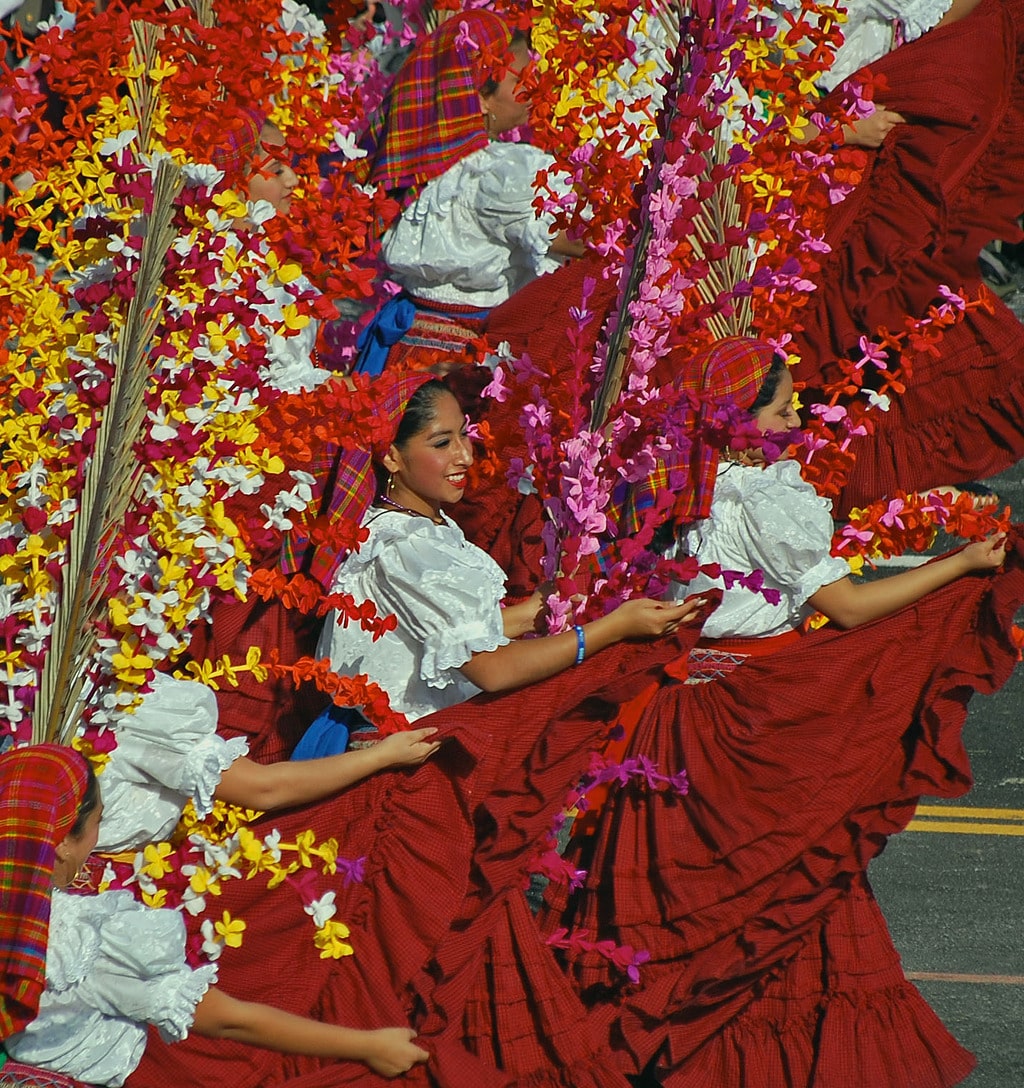
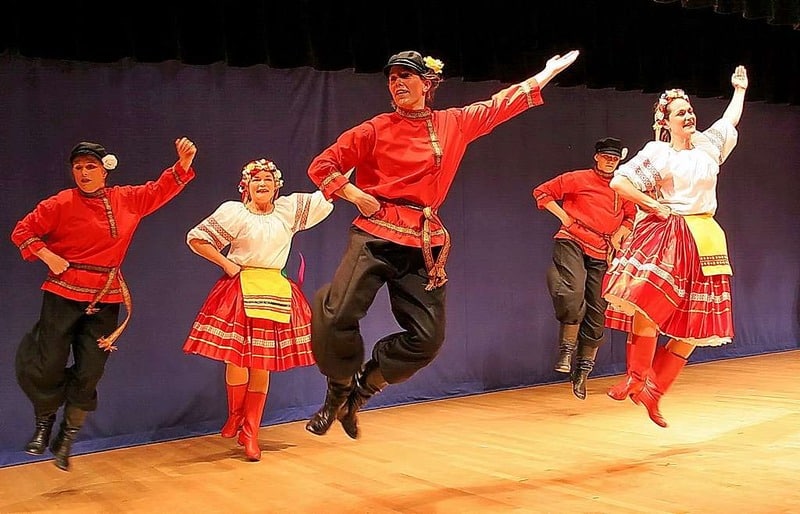
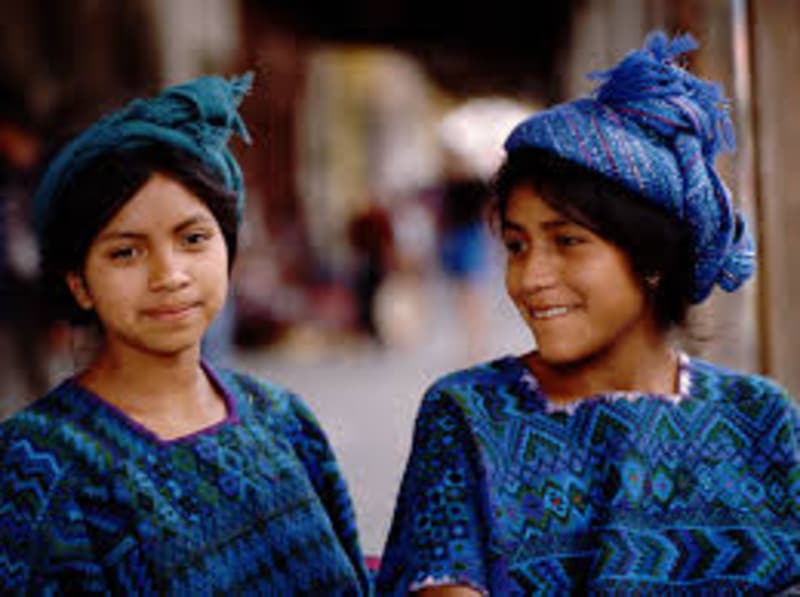

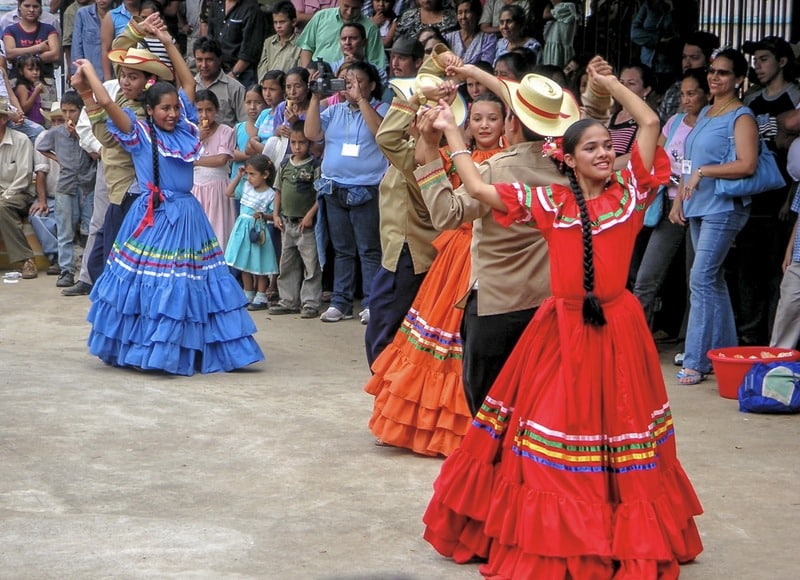
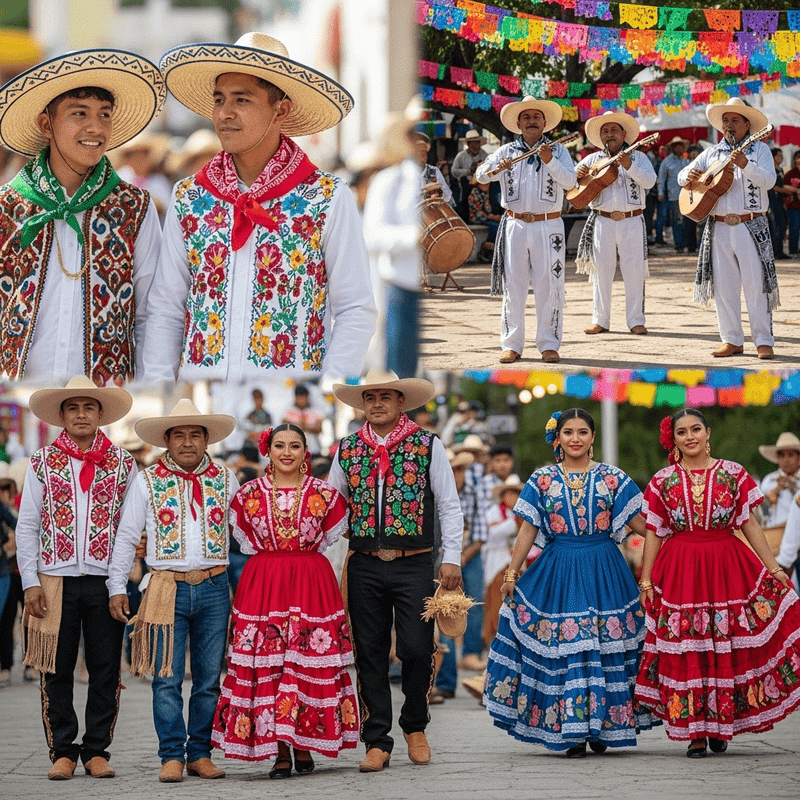
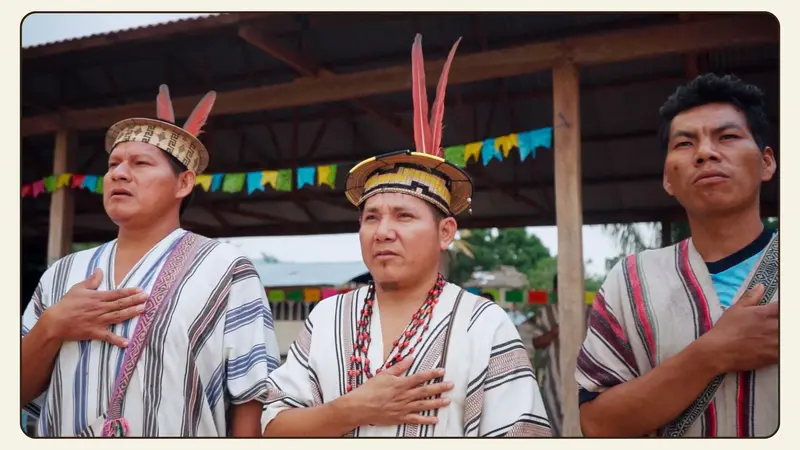
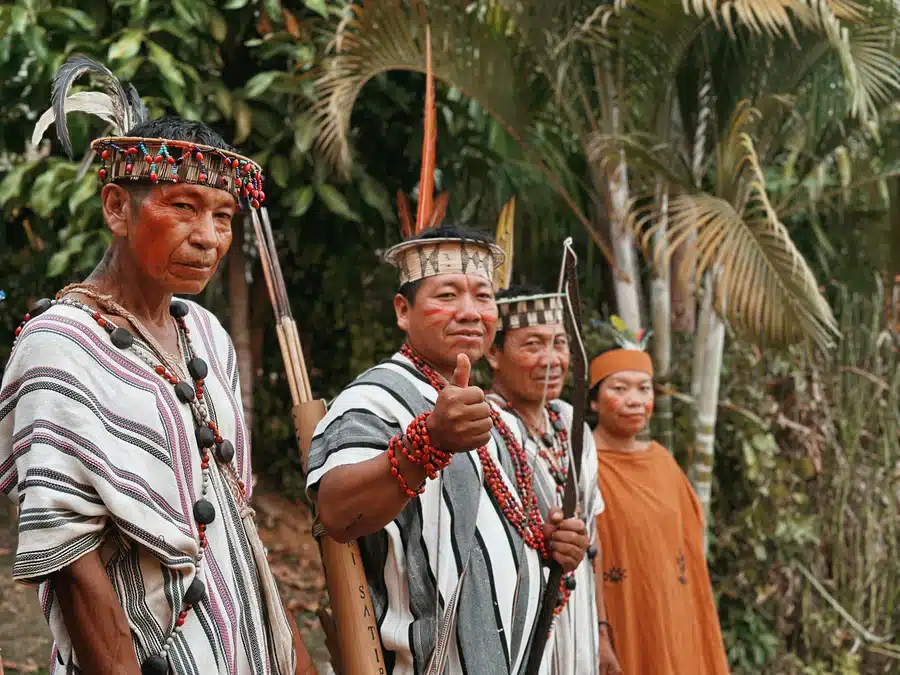
No Comment